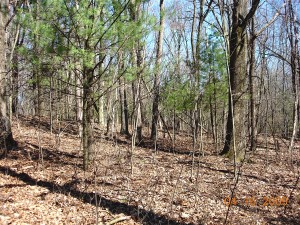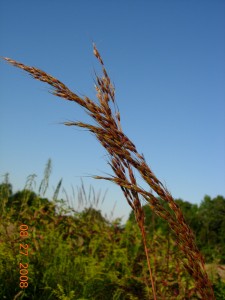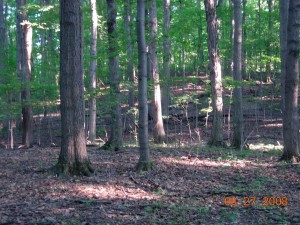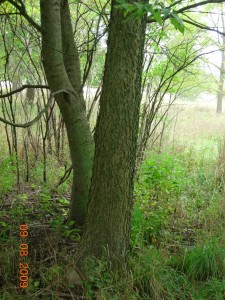
Hackberry (on the right) at Colony Farm Orchard. Often a floodplain tree, hackberry is also characteristic of Midwestern prairie groves. Photo by Richard Brewer
Western Michigan University seems bound and determined to remove the restriction on the Colony Farm Orchard. The restriction language used by the state when it gave the land to WMU is as follows: Western Michigan University may utilize the property solely for public park, recreation, or open space purposes, except that the legislature, by statute, may authorize Western Michigan University to utilize the property for some other public purpose.
If that restriction is deleted, WMU believes that it can then use the land to expand its business park. The University seems totally adamant in using the Colony Farm Orchard. Nothing else will do. Not one of various unrestricted sites that WMU also owns in Kalamazoo or Oshtemo Township. Not a restored brownfield downtown, which would contribute to downtown revitalization and make an important environmental statement. Not unrestricted sites in Portage. None of these.
WMU has not offered an open forum where the issue could be explored factually rather than in terms of the marketing plan. In fact, WMU will hardly address the issue at all. To the best of my knowledge, the only persons connected with the WMU administration or board that have talked in public about the conversion plan are three vice-presidents. In the past week, President John Dunn gave an interview to a Western Herald reporter and a speech before the WMU faculty and, as far as I can detect, he did not address the question in either.
What WMU’s representatives tend to do if someone raises the question, “Why do you want the Colony Farm Orchard so bad, wouldn’t some other place do just as well?” is talk about what a great job was done developing the current business park and what a great success it has been. When pressed, the representatives have been known to bring forth three bullet points.
- Contiguity. The dictionary says “contiguous” means sharing an edge, touching. The short southern boundary of the Colony Farm Orchard lies across Parkview Avenue opposite a small westward projection of the current business park. But let’s say that the two parcels are contiguous. It may be worth remembering that the Asylum Lake Preserve is a lot more contiguous. That is, the whole long southern boundary of the Asylum Lake Preserve lies just across Parkview from the northern boundary of the current business park. If contiguity is a major consideration, those radicals who have been telling us that Asylum Lake Preserve itself is not safe from WMU’s hunger for more business park space could be right.
- Advertising. The west border of the Colony Farm Orchard abuts US–131. Some might say it is contiguous with US-131. The idea is that WMU needs to let the people driving by on US–131 know about the existence of its business park, or perhaps of WMU itself. Judiciously placed buildings with writing on them, or maybe billboards, will keep WMU in the public eye. I don’t tend to think of WMU as being in retail and do not think of education in terms of curb appeal. But this may only show how unrealistic my idea of the modern university is. I’m unwordly enough to think that a billboard extolling the Asylum Lake Preserve, including the Colony Farm Orchard, mentioning research, education, service, and conservation would be more effective advertising for WMU and its mission.
- Bus route. Last and least is the idea that WMU has already contracted with Indian Trails to run an express bus from campus to the business park, so it wouldn’t be hard to add a stop at Colony Farm Orchard. All of us are supporters of mass transit, but as a reason for why the expansion must be at the Colony Farm Orchard…. Take it for what it’s worth.
In pondering the question, I’ve thought about other possible explanations for WMU’s insistence that Colony Farm Orchard is the place and nowhere else will do. The first to occur to me is that the WMU board and its upper administration in association with various politicians, members of the Kalamazoo business community, and quasi-public booster groups are supremely confident that their plan cannot be successfully challenged. Hence, why bother to talk about alternatives? It’s a slam dunk.
Actually, this is the first, but also the only, explanation that has occurred to me. It’s bolstered somewhat by various WMU actions. One is WMU’s response to Oshtemo Township, where the Colony Farm Orchard is located. Oshtemo Township said to WMU, “This is dedicated open space in our township. We’d like it to be retained, but if it’s to be lost, the loss should be mitigated by WMU setting aside another parcel of open space in Oshtemo.” It was an innovative proposal, the same approach used to prevent a net loss of wetlands to development. Under Michigan law, developers usually must set aside as mitigated acreage 1.5 to 2 times the developed acreage.
WMU did not give serious attention to Oshtemo’s proposal or Oshtemo’s concerns. Why should it? It’s a slam dunk.
The Colony Farm Orchard is clearly not the best possible site. It’s small, allowing only a few lots. WMU would have to spend up to $985,000 to buy out a lease held by Michigan State University to use the orchard for pest insect research. There is a springy area that could not be developed, and much of the natural ground water flow entering the Asylum Lake Preserve comes from this section of the site. Water management techniques employed at the current business park would probably need a great deal of modification at the Colony Farm Orchard. Furthermore, the old orchard itself, amounting to about a third of the total site, may approximate a brownfield, and one that is not remediated. If this old orchard is like most from its era, the ground under it is impregnated with the components of lead arsenate, the dominant insecticide on apple trees from about 1890 to 1947.
All in all, developing the Colony Farm Orchard would be an expensive proposition.
With all these considerations and others, such as the absence of any realistic need for expansion of the business park in the forseeable future, I’m puzzled. Is there is some overwhelming advantage neither I nor anybody I know has thought of? Is there some way WMU will derive enormous benefits by holding to their course of killing the restrictions and developing this land, this land specifically?
Perhaps someone who reads this can help. Does one or a combination of the answers suggested above account for WMU’s implacability? Or is there something else?


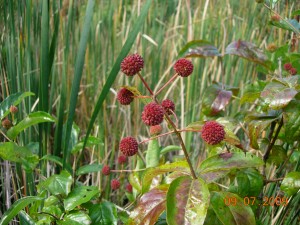
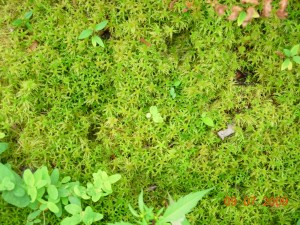
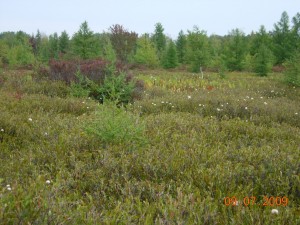

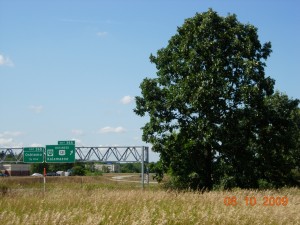

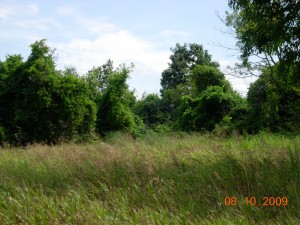


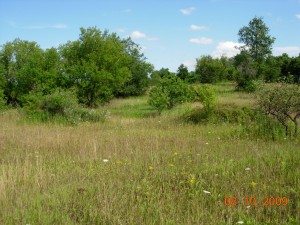
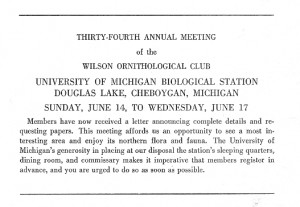 When I arrived at Western Michigan University in 1959, Michigan was in the midst of an ornithological Golden Age. Dozens of ornithologists were practicing their science in the state or had recent (or soon-to-come) connections. Nearly every college and university had one to several faculty members with a special interest in birds.
When I arrived at Western Michigan University in 1959, Michigan was in the midst of an ornithological Golden Age. Dozens of ornithologists were practicing their science in the state or had recent (or soon-to-come) connections. Nearly every college and university had one to several faculty members with a special interest in birds.
